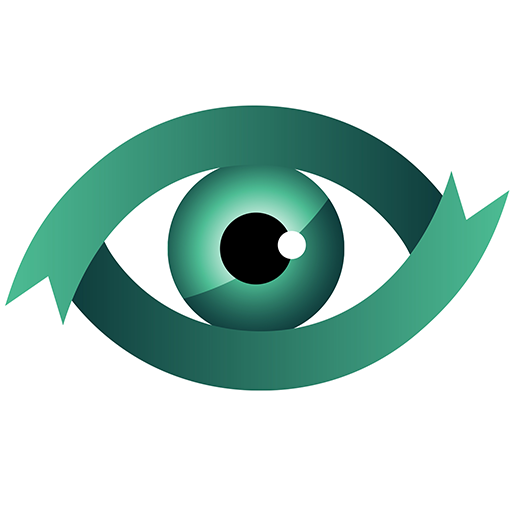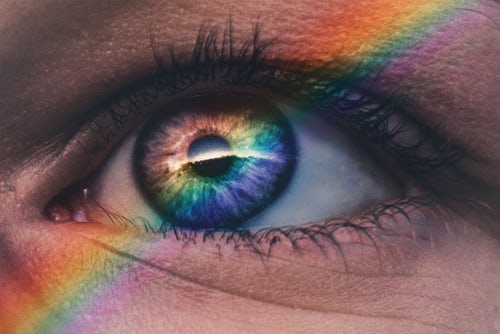So, What Colors Can Colorblind People See?
It is a common myth that people who are colorblind can see no color at all. However, very rarely are there cases where someone sees no color at all (monochromacy). Those who have color vision deficiency usually experience red-green color blindness, and the second most common is blue-yellow. The cones in our eyes detect blue, green, or red light, so when one of the cones or cone is damaged, color perception is altered. Take a look at how color is perceived by those who are colorblind by learning about the different types and effects.
Red-Green Colorblindness
There are four types of red-green colorblindness. Once again, these types are the most common and are due to the red or green cone not functioning all the way, or possibly not functioning at all.
Protanomaly
This type is a mild condition and does not affect daily life. The colors red, yellow, and orange will seem a shade greener than normal. For example, if you look at an apple, it will appear to be a dull, mild green rather than a bright red. Colors will seem duller and lackluster.
Protanopia
With this type, your red cone cell does not function at all. Therefore, looking at a red apple you’d only see black, because red just register as black. People who have protanopia also may see orange and green as just yellow, depending on the shade.
Deuteranomaly
The green cone cells function abnormally in this type of colorblindness. Blue and purple become mixed up and mistaken for each other, and yellow and green seem redder. Deuteranomaly is the most common type of red-green colorblindness.
Deuteranopia
Instead of the green cone cells functioning abnormally, they do not function at all with this type. Greens registers as a soft brown and reds as brown with a tint of yellow. Imagine looking at a field of green grass, but instead, the grass would appear to be dried up and brown.
Blue-Yellow Colorblindness
There are only two types of blue-yellow colorblindness, and both are very rare.
Tritanomaly
There are a limited number of functioning blue cone cells, meaning blue comes across as more green. Looking up at the sky could be just the same color as looking down at the ground of grass. Yellow and red also will appear to be pink.
Tritanopia
Due to a lack of blue cone cells, blue once again appears green. The difference from tritanomaly is that green and yellow seems grey or shades of purple.
When it comes down to it, colorblindness is mostly certain colors being switched out/mistaken for others, and shades being altered. It can be hard to imagine life without the correct blues, reds, greens, and yellows, but for the small percentage who are affected by colorblindness, that is how the world of color is perceived.





No Comments